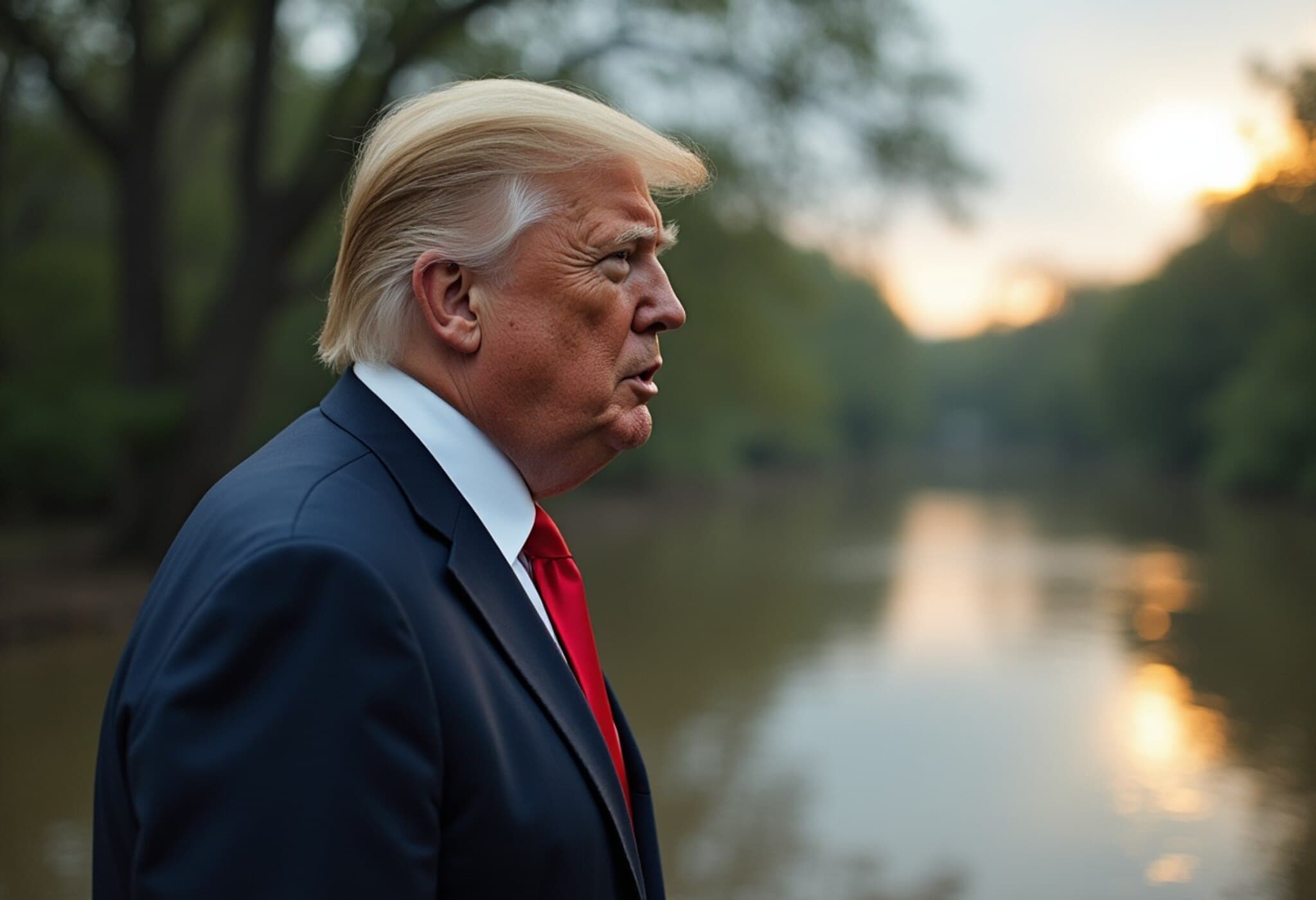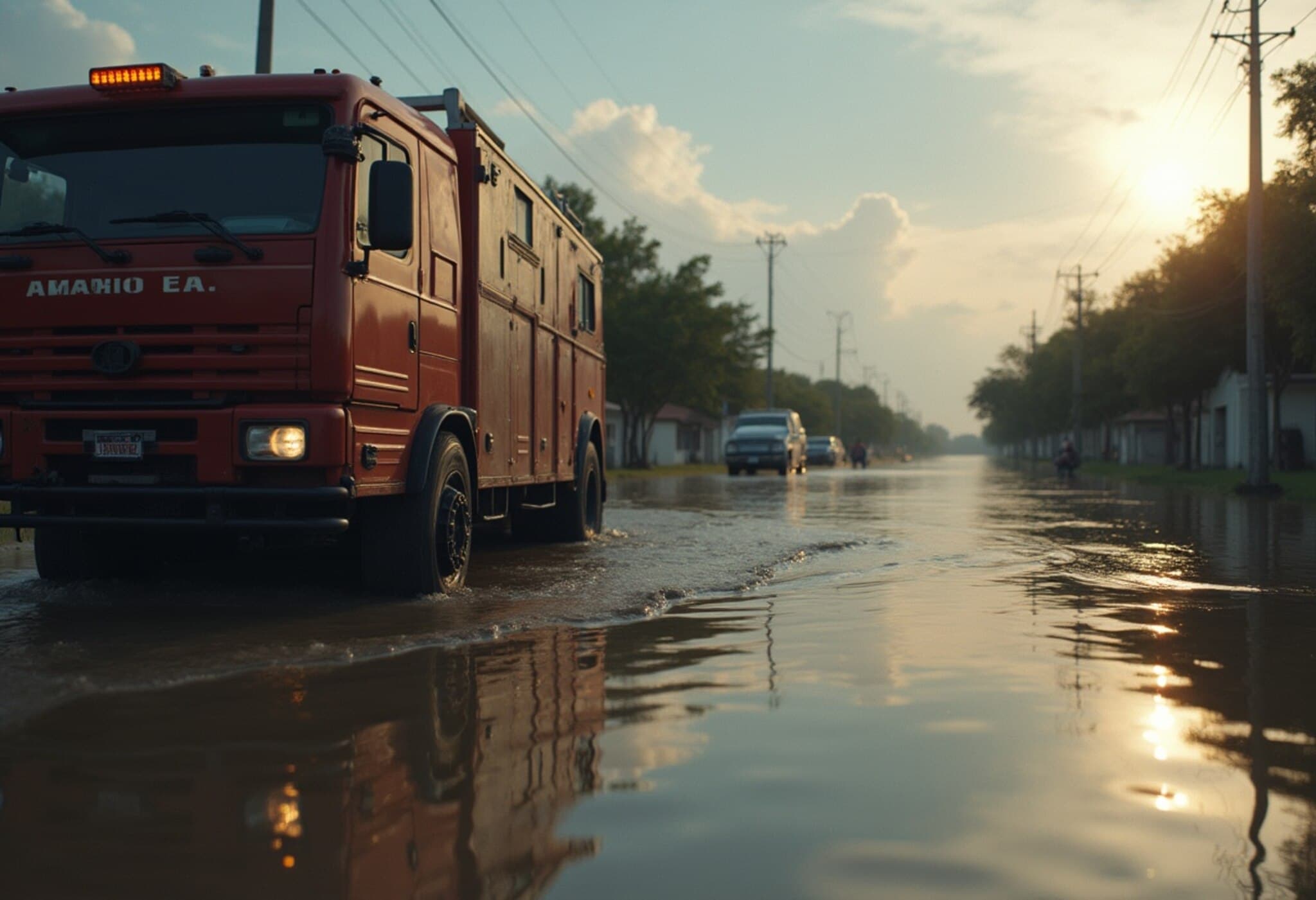Trump Tours Texas Flood Zones, Hails First Responders Amidst Rising Questions on Emergency Preparedness
In the wake of catastrophic flooding that wreaked havoc across central Texas, former US President Donald Trump made a visit to the state's Hill Country on July 11, 2025. Arriving alongside First Lady Melania Trump, he met first responders, families affected by the disaster, and local officials in Kerr County—one of the areas hit hardest by a rain-swollen Guadalupe River that swept away homes, vehicles, and threatened lives during the July 4 weekend.
Unprecedented Destruction and a '100-Year Catastrophe'
Describing the calamity as something he had "never seen anything like," Trump characterized the floods as a "100-year catastrophe" that overwhelmed communities and emergency services. "I've handled a lot of hurricanes and tornadoes, but this stands apart for its scale and devastation," he said during a roundtable discussion with officials and emergency personnel in Kerrville.
Accolades Amidst Controversy
Trump praised the state and federal responders for their "incredible job" managing rescue and relief efforts, which officially accounted for at least 120 fatalities. However, his visit spotlighted ongoing scrutiny over delayed evacuation warnings. Reports revealed that emergency alerts were, in some cases, transmitted hours after flooding began—raising critical questions about communication gaps and preparedness.
Local authorities, prior to the flood, had opted not to implement a river early-warning system due to unsuccessful attempts in securing state funding. In a pre-visit interview on NBC’s "Meet the Press," Trump supported new initiatives to bolster such warning mechanisms, underscoring the need for improved technology to protect vulnerable communities going forward.
FEMA’s Future Under the Microscope
The timing of Trump’s visit coincides with intense debate about the Federal Emergency Management Agency’s (FEMA) role in disaster response. Despite FEMA's rapid mobilization following Trump’s disaster declaration—which unlocked federal resources for Texas—the administration faces pressure to reconsider the agency's structure.
According to The Washington Post, there is an ongoing proposal within the Trump administration to dismantle FEMA in favor of empowering more state-level autonomy during emergencies. South Dakota Governor Kristi Noem, a notable FEMA critic, has publicly called for the agency's elimination during a recent government review meeting.
Although Trump has acknowledged these conversations, he has not provided definitive comments on FEMA’s future, leaving uncertainty about how disaster preparedness might evolve on the federal stage.
Expert Insight: Balancing Federal Support and Local Control
Policy analysts emphasize that while decentralization can enhance tailored local response, FEMA’s comprehensive resources and coordination have historically been critical for major disasters spanning multiple jurisdictions. The Texas floods illustrate this tension—communities need both rapid warning systems at the local level and robust federal support for large-scale rescue operations.
Economically, failing to adequately fund early-warning systems and preparedness infrastructure may increase long-term recovery costs, which often fall heavily on state budgets and taxpayers. Investing now could mitigate future losses, both in lives and property.
Looking Ahead: Critical Questions for Disaster Management
- How can states better fund and deploy early-warning systems before disaster strikes?
- What is the optimal balance between federal oversight and state autonomy in emergency management?
- How might reforms to FEMA impact readiness for increasingly frequent, severe weather events driven by climate change?
These questions will shape not only Texas’ recovery but national disaster policy discussions for years to come.
Editor’s Note
The devastating Texas floods of 2025 serve as a sobering reminder of nature’s growing unpredictability and the urgent need to re-examine our emergency response frameworks. President Trump’s visit brought much-needed recognition to the heroic efforts of first responders, but it also laid bare systemic vulnerabilities—from funding gaps in early-warning systems to debates about FEMA’s existence. As climate-driven disasters intensify, strengthening both local preparedness and federal coordination is not just prudent—it’s essential. The unfolding debate over FEMA’s role should incorporate perspectives from experts, policymakers, and affected communities to craft sustainable, life-saving solutions.



















